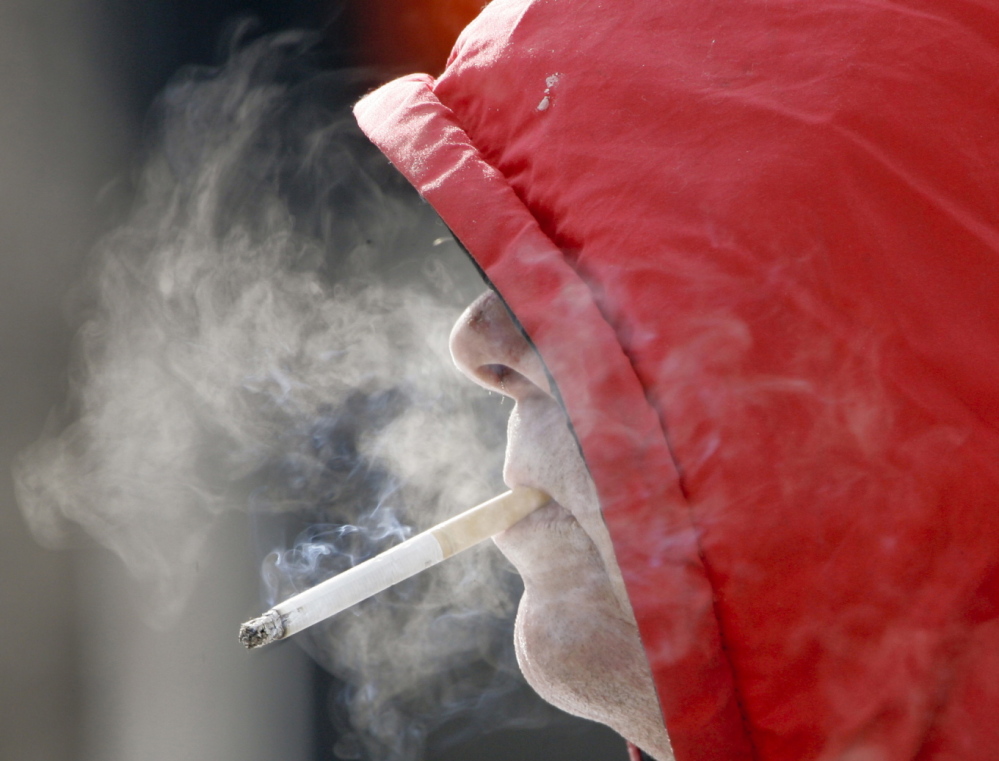Tobacco companies for decades undertook an advertising campaign of fraud and deception, peddling cigarettes they knew were highly addictive and deadly in ways they knew would appeal in particular to young Americans.
Fortunately, there is a federal court decision from 2006 that calls them on their strategy, and seeks to reverse some of the harm.
Unfortunately, tobacco companies are still fighting that ruling. As oral arguments began Monday at the U.S. Court of Appeals in Washington, the companies say the ruling goes too far.
But the incredible ongoing tragedy of tobacco use, and the industry’s continued reliance on creating young smokers at great public cost, indicate it may not be enough.
Under the ruling, the three largest tobacco companies must fund an advertising campaign that emphasizes all that is wrong with cigarette use and marketing, from the intentionally misleading messages to the well-documented health risks.
The ads will highlight the adverse health effects of smoking and secondhand smoke. They’ll counteract past industry claims that “low-tar” and “light” cigarettes are less harmful than regular cigarettes. And they’ll detail how cigarettes were designed specifically to deliver highly addictive nicotine in the most effective way possible.
The ads will be placed in cigarette packs and newspapers, on TV and at some retail stores. The preamble to each ad will say that the tobacco companies “deliberately deceived the American public.”
The companies – R.J. Reynolds Tobacco, Lorillard and Philip Morris USA – argue that the statement and subsequent messages are inflammatory and humiliating, instead of factual and constructive.
But in reality, the limited ad campaign pales in comparison to what the tobacco industry has pumped into the public consciousness. Even now, after years of court decisions and public health efforts to undermine it, the tobacco industry is making record profits and spending record amounts on advertising aimed at convincing young people to start smoking, with frustratingly good results.
Cigarette companies spent nearly $8.4 billion on advertising and promotional expenses in the U.S. alone in 2011, up from $8.05 billion in 2010, most of it to retailers and wholesalers to reduce the price paid by consumers.
In comparison, states spent less than $450 million on smoking prevention and cessation programs last year.
Those industry-funded price reductions are designed to attract new, young smokers to a certain brand – nearly 9 out of 10 smokers start smoking by age 18, and more than 80 percent of underage smokers choose from among the top three most heavily advertised brands.
The costs of smoking remain high, as tobacco causes 480,000 deaths per year and $133 billion in annual direct medical care.
Anti-smoking initiatives have cut smoking considerably among teenagers. However, those rates of decline have slowed in the last 10 years, and smoking rates among young adults have remained stubbornly high.
That is reason enough to call for better use of the funds awarded to states in the 1998 tobacco settlement, which too often are used for purposes not related to tobacco use.
It is also a reminder that the battle against tobacco use is far from over, and that tobacco companies are still benefiting from past deceptions.
Send questions/comments to the editors.



Comments are no longer available on this story